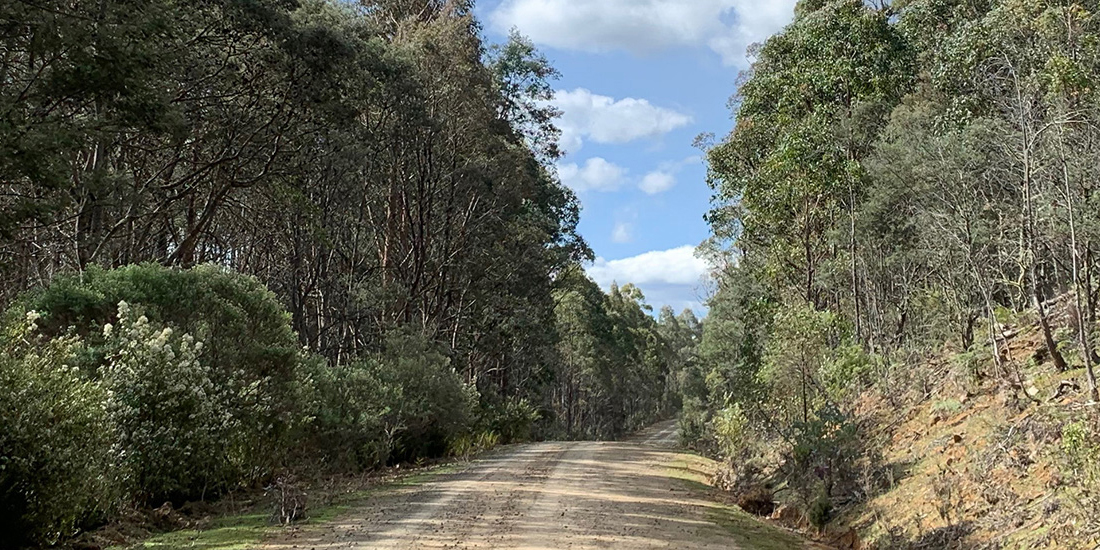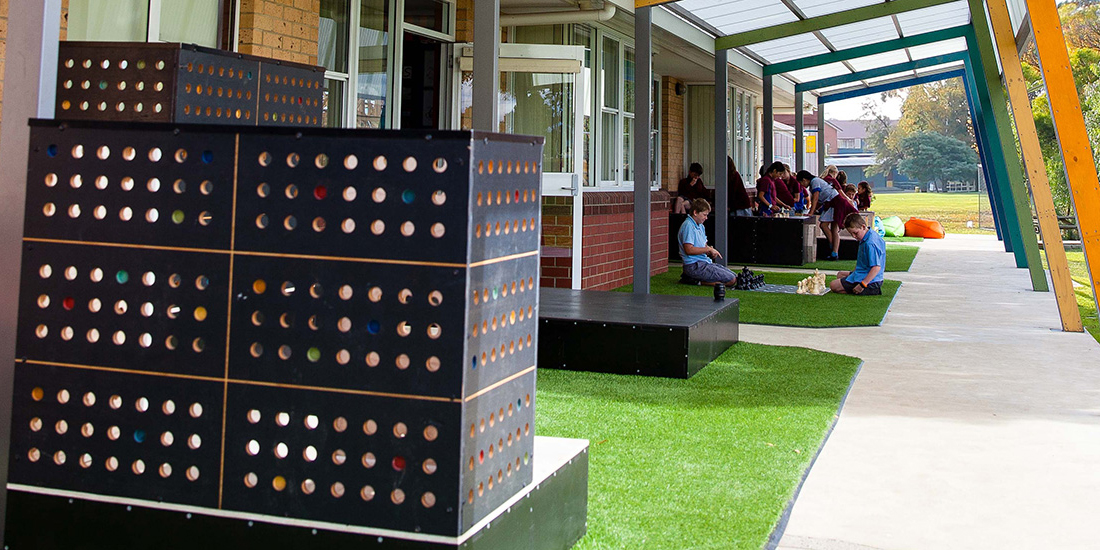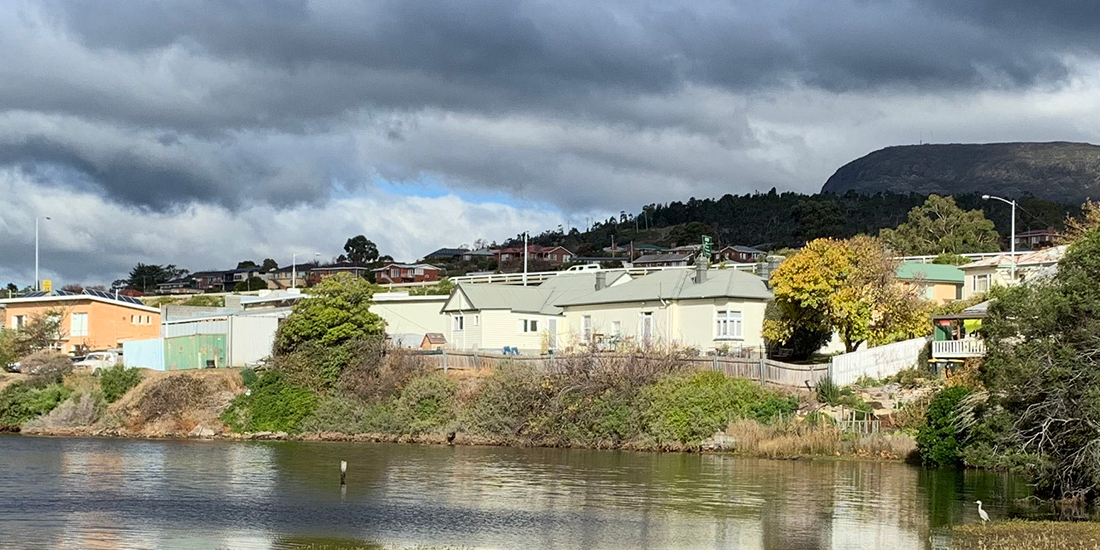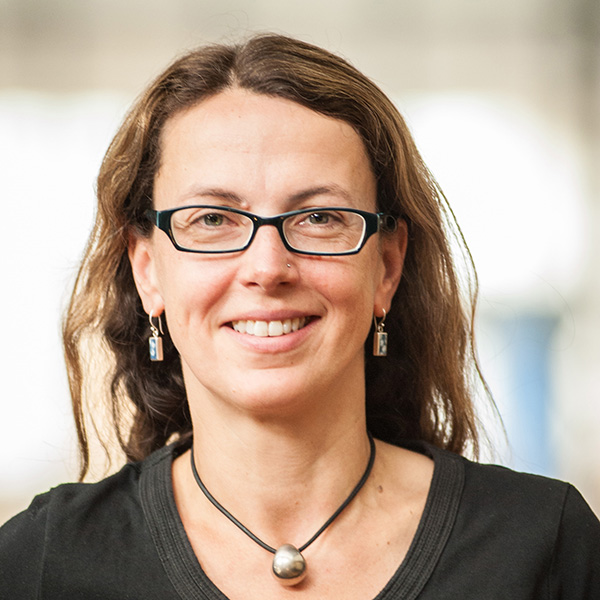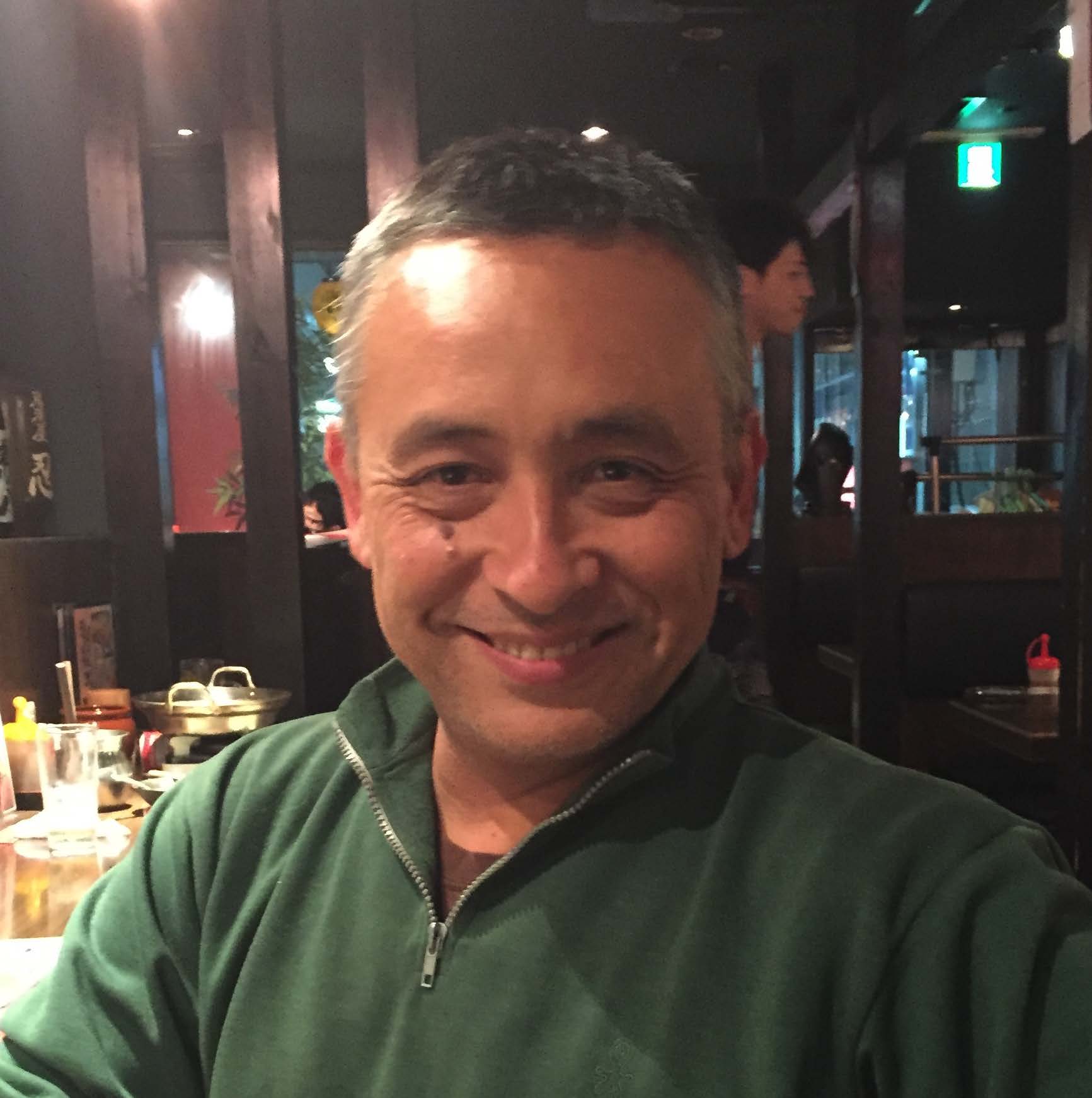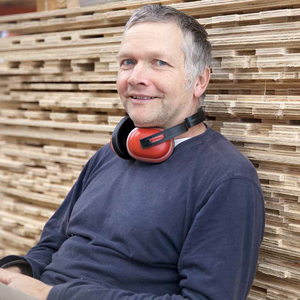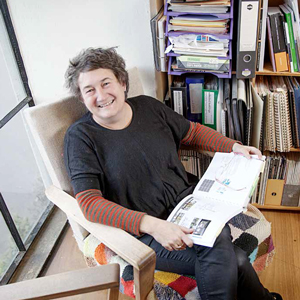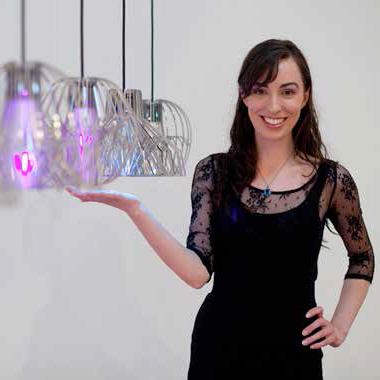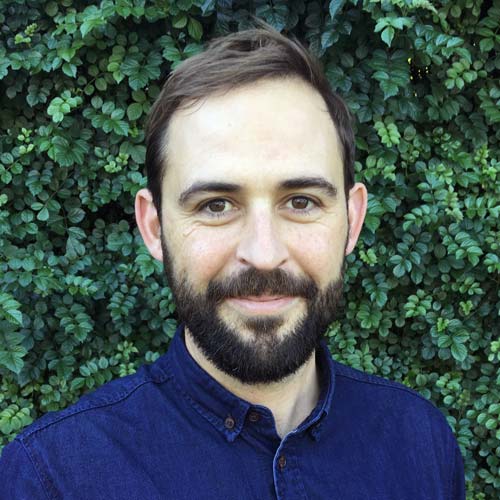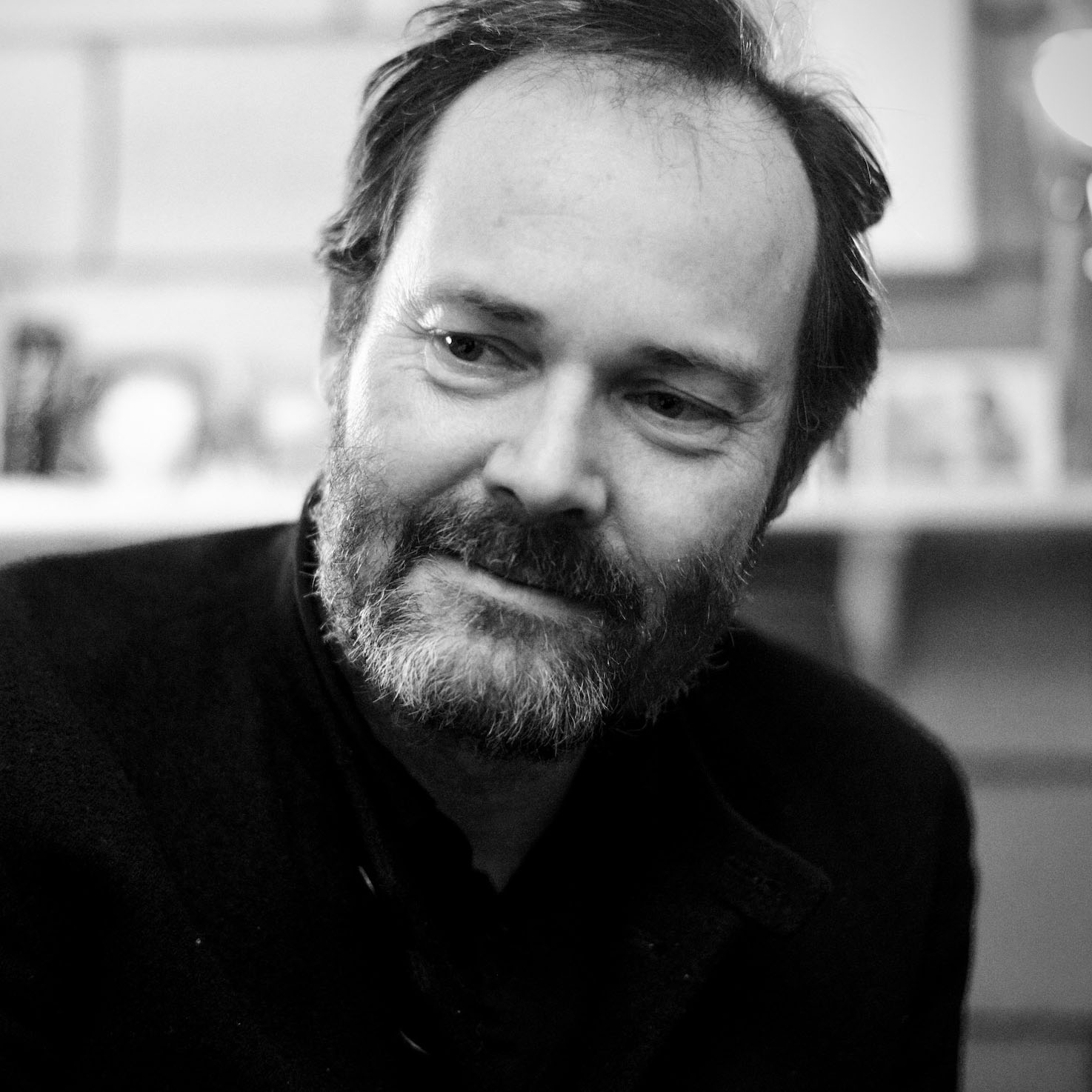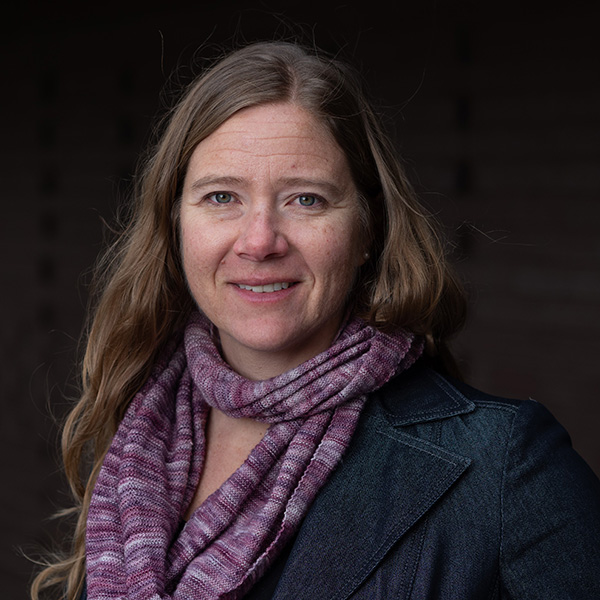Participatory Practices: Designing, Making, Engaging
Architecture and Design Research Theme
Overview
Community engagement is at the core of what we do and embedded in both our research and teaching. This is especially true of exploratory and collaborative processes of designing, learning, and making we undertake to develop creative responses to solve real problems. Our projects have collectively come to be an extensive and inclusive body of experience in solution-driven engagement for the Discipline of Architecture and Design. In particular, our researchers are constantly developing collaborative and participatory models of design practice to create future products, buildings and cities that are socially and environmentally sustainable. Our research aims to build a circular economy that connects us with local communities and industries, which includes analysing our own pedagogies of architectural/design education.
Find out more about how you can Partner with us or Study with us.
Impact and Engagement
We connect people with the products and outcomes of our research through a variety of inclusive processes. These encompass general explorations of the relationships between people and design. For instance, through developing socially meaningful product stories; to projects targeting inclusion and equity for particular social groups, such as designing for neurodiversity; or thinking through issues of regional engagement, as evidenced by design explorations in collaboration with festivals, museums, and cultural facilities.
The use of ‘live’ design/build projects is critical for such speculative investigations as they create tangible outcomes from participatory practices while developing design methodologies whether inventive small buildings or innovative educational resources associated with sustainable products. These processes are also the subjects of our research, as we are vitally interested how they can inform development of our architectural and design teaching models and curricula.
We have developed broader scale investigations into regional urbanism, provoking, critiquing, and imagining regional futures in collaboration with governmental, institutional, and community partners. With a similar range of collaborators, we are exploring ways to develop how industrial heritage might culturally, as well as practically, be re-purposed in relation to the post-industrial futures of regional cities. As with material investigations, our researchers’ explorations in design, architecture, and urbanism can be projected from the local to the global evidenced by engagements with parallel developments in other parts of the region and the world, particularly in East and Southeast Asia where our researchers have strong connections. We are also interested in how people, industry, products of design, and built environments across the Asia-Pacific region are becoming increasingly intertwined and how to more productively develop these connections.
